‘No other place to go’: Migrants living in toxic dump in Chile
Chile’s Cerro Chuño neighbourhood has become notorious for environmental pollution and dangerous criminal activity.
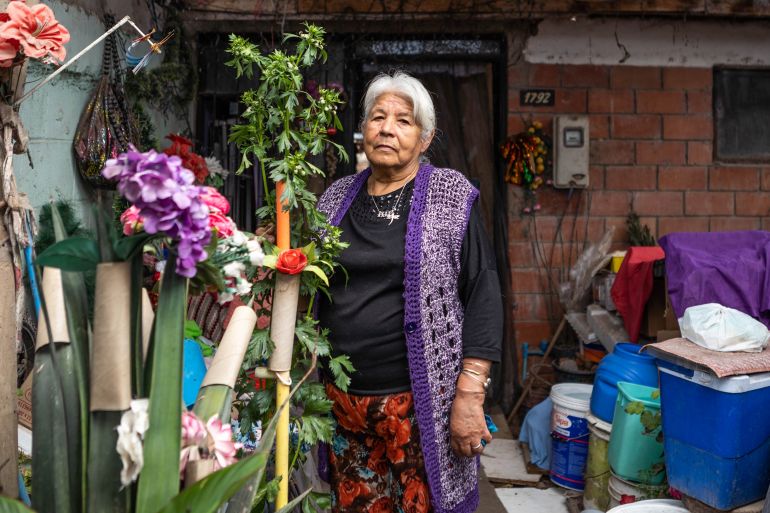
Arica, Chile — Mireia Godoy, 74, no longer remembers what her neighbourhood used to be called when she arrived more than 20 years ago.
“Now they named it Cerro Chuño and nobody wants to come here. Before, we used to have buses and everything at our doorstep,” she said.
Keep reading
list of 3 itemsICJ declines to issue decision in Chile-Bolivia river dispute
Chile political parties agree to draft new constitution
It looks as if a war has ravaged the main street of Cerro Chuño, a slum in the east of Arica, a city in northern Chile buried on the edge of the Atacama Desert. Its cracked pavement is littered with rubbish and a thick layer of brown dust covers the few businesses that remain open.
Beneath the dust, however, lies a deadly secret: Cerro Chuño is highly contaminated with lead and arsenic, among other heavy metals that can cause severe health issues.
“Ask me about my illnesses, I have them all,” Godoy laughs melancholically, enumerating the problems with her bones, heart, legs and hands.
“Everything because of the lead,” she explains. “Because of the toxic dump where our sons used to play. How many children must have died here.”
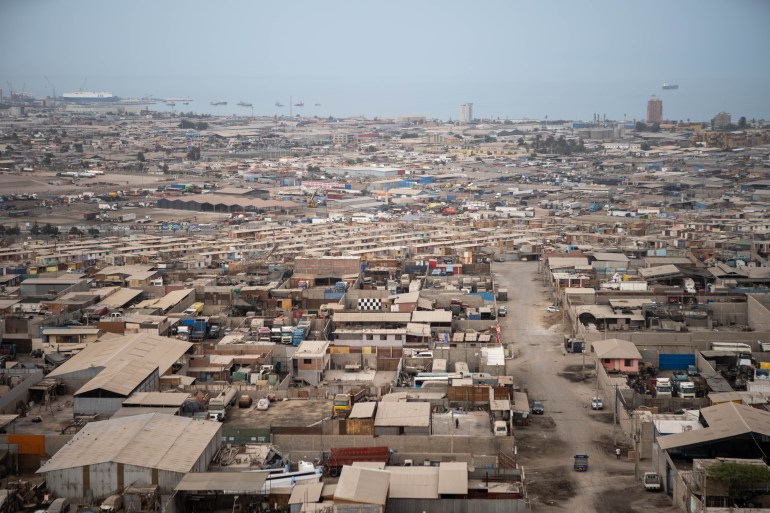
Built in the early 1990s, as the dictatorship of General Augusto Pinochet came to an end, Cerro Chuño has become a home for migrants and refugees from across Latin America. But thanks to the long-term effects of an international mining agreement, Cerro Chuño is also a site of environmental pollution, leading to health problems, instability and criminal activity.
The Chilean government has taken steps in recent months to disrupt the criminal networks that have taken root in Cerro Chuño. A faction of the Venezuela-based Tren de Aragua gang has been using the neighbourhood as its headquarters in Chile for drug and human trafficking, as well as the extortion of migrants and refugees and torture.
The gang has a reputation as one of the most violent criminal organisations in Latin America. After a major operation to take down the faction in July, police in Arica have continued to conduct raids in Cerro Chuño, including one on January 16.
But little has been done to counteract the environmental crisis in the area.
“There is not an environmental approach,” Diego Arellano, the government’s environmental officer in Arica, told Al Jazeera.
Before the neighbourhood was built, in 1984, the Chilean mining company Promel reached an agreement that would allow the Swedish multinational Boliden to dump almost 20,000 tonnes of toxic mining waste in Arica.
The deal included the promise that the tailings from the mines contained gold and precious minerals, which would bring wealth and employment to the area, explained Rodrigo Pino, an anthropologist at the Catholic University of Chile who has been working with the community for years.
Pino said the community was also told the waste would be properly treated before being buried.
But the mining waste was largely forgotten until the beginning of the next decade when social housing for low-income families was built in adjacent areas. Cerro Chuño was erected a few metres from the toxic dump. It consisted of about a thousand small houses, most with a single bathroom and a kitchen.
In the late 1990s, families started to realise that cancers, respiratory difficulties, allergies, miscarriages and birth defects had to do with the toxic mountain on which their homes stood.
Demonstrations began and eventually, Chile enacted the Polymetals Law in 2012, promising residents health care and relocation to uncontaminated areas, as well as measures to reduce the pollution.
The government also announced plans to demolish houses in Cerro Chuño to prevent further exposure to heavy-metal poisoning. But ultimately, only a few rows of buildings were torn down.
In 2021, the United Nations estimated that 12,000 people had been affected by toxic waste in the area, some of them losing their lives. But Arellano, the environmental officer, told Al Jazeera that the Chilean government considers the site contamination-free now, with arsenic in the ground stabilising at levels no longer hazardous.
Cerro Chuño now is a hub for refugees and migrants, attracted to Chile because of the country’s economic and political stability. Peruvians, Bolivians, Haitians and, more recently, Colombians and Venezuelans have joined impoverished Chileans in the neighbourhood, occupying once-abandoned homes where they have to pay neither rent nor electricity.
“Despite the poison, we have no other place to go,” explains Frandor Acosta, 25, who arrived with his father, wife and newborn daughter two years ago from Valencia, Venezuela, fleeing political instability.
Tired of living in cramped conditions, Acosta is building a new house on a piece of land he bought close to the current one, using whatever materials he can find and moving contaminated stones and dust.
“The polymetals — it’s not something we’ve taken to heart because we know we won’t be feeling the consequences in just one or two years,” Acosta said, although he admits his little girl gets sick more than usual. Almost every week, she seems to have the flu.
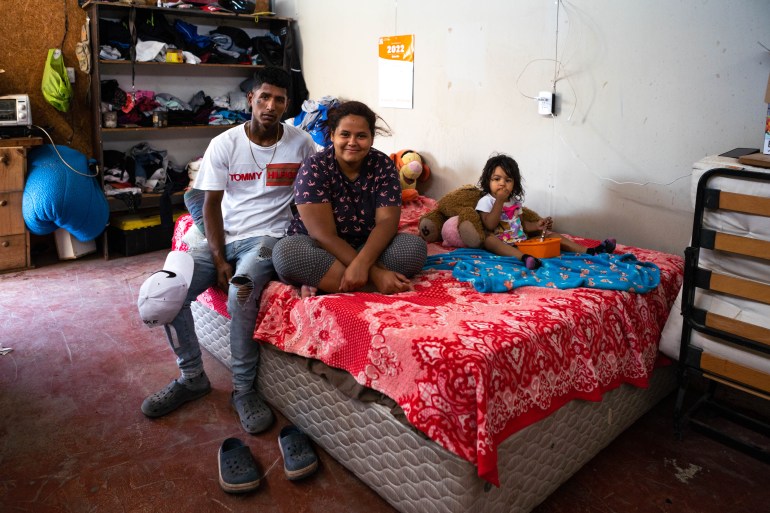
A woman named Angela — who asked that her last name be withheld for her safety — also said her daughter had been sick each month since she arrived in Cerro Chuño. Doctors have not been able to tell her why.
But contamination is not Angela’s main concern, she whispers. Security is.
Threatened by members of the Tren de Aragua gang, Angela had to close the restaurant where she made a living for her family. “They took me out like that because I was Colombian,” Angela said, placing her hands on her chest, pointing her fingers in the shape of a gun. “You don’t talk about it.”
When asked about the violence, which has been stigmatising for the neighbourhood, many residents avoid going into detail. “If you don’t mess with anyone, you don’t have problems,” said Marcelina Camacho, 69, a Dominican woman who owns a small grocery shop.
The number of people living in Cerro Chuño is difficult to calculate because of the high turnover. The border town of Arica, with almost 200,000 people, is a transit point for refugees and migrants coming to Chile from nearby Peru and Bolivia.
For families like that of Marian — a 30-year-old Venezuelan who also asked her last name be withheld — Cerro Chuño is a place to recover from an arduous migration.
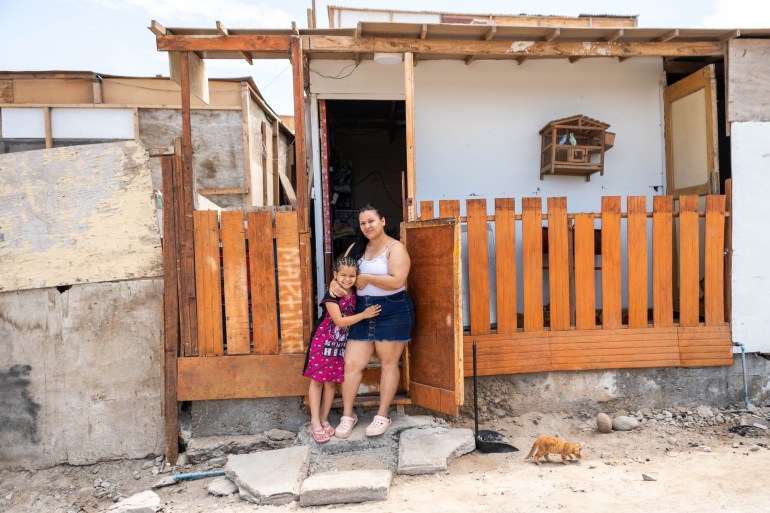
As she swept the entrance of her makeshift home, Marian explained that she and her family had tried their luck crossing the perilous Darién Gap, through the Panamanian jungle, on their way to the United States.
But the route grew too dangerous and they decided to change direction, heading for Chile instead. They arrived two months ago. As she watched her daughter chase a stray cat, Marian said she had not yet heard anything about the contamination or gangs in Cerro Chuño.
In its 2021 report, the UN called for “urgent measures” to be taken in the area “to return safely the hazardous waste to Sweden for proper disposal”.
But that has not changed conditions for those living in and around Cerro Chuño.
A group of mothers living in neighbourhoods near Cerro Chuño have formed a group called Mamitas del Plomo or “Mothers of Lead”. Facing chronic heavy-metal exposure, they have written letters to authorities asking for the government to follow through with the safety measures outlined in the 2012 Polymetals Law.
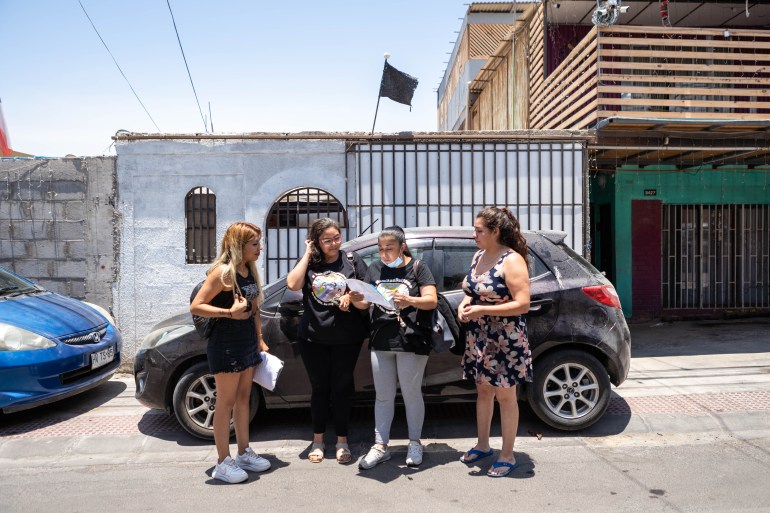
In the last answer they received, dated July 2022, the Chilean government — headed by the social democrat Gabriel Boric — assured the group that the administration was “working” on the matter.
“They’ve been having all the information for years but still don’t remove or treat the toxic waste we breathe every day,” the group’s leader, Luz Ramírez, told Al Jazeera.
“They know we are dying. Their inaction makes them accomplices to this crime.”